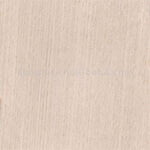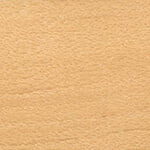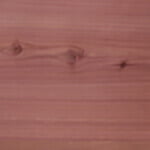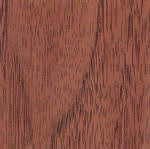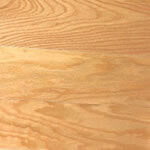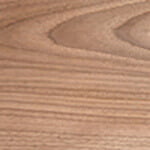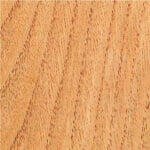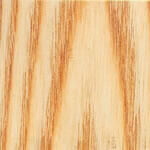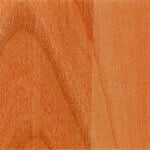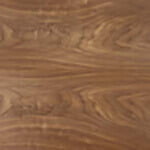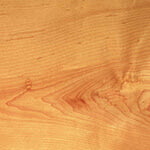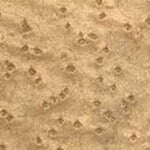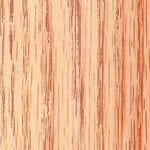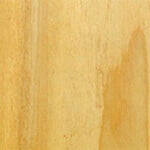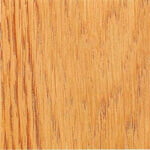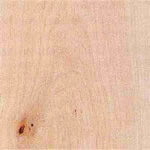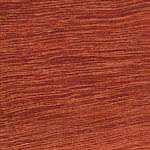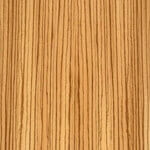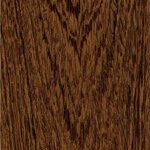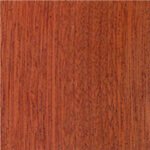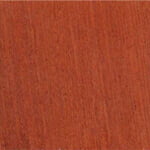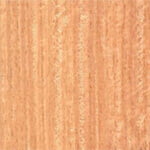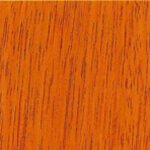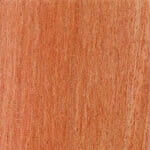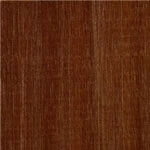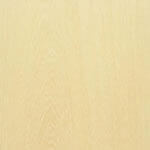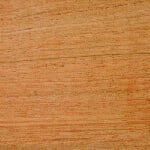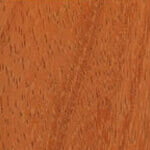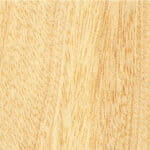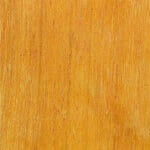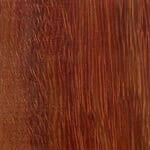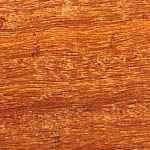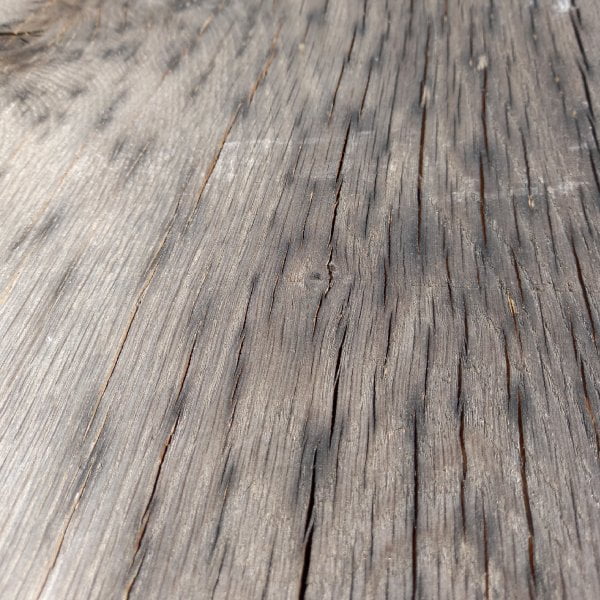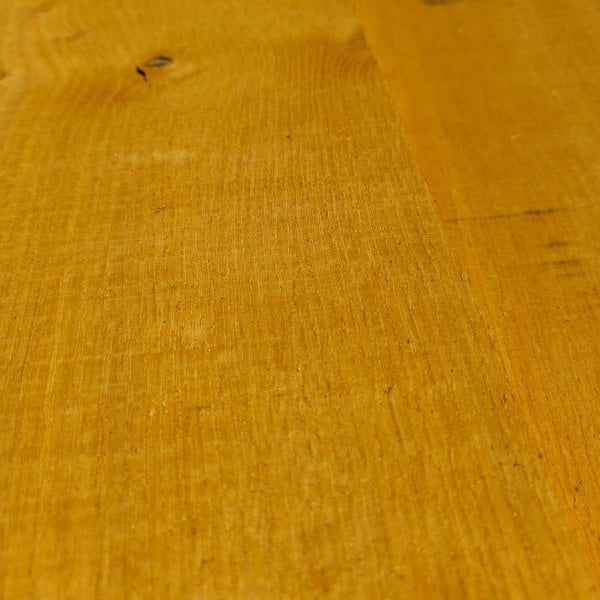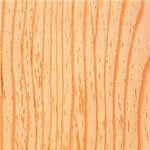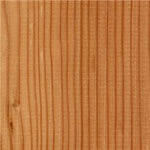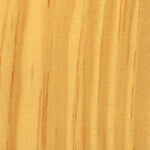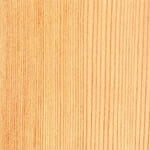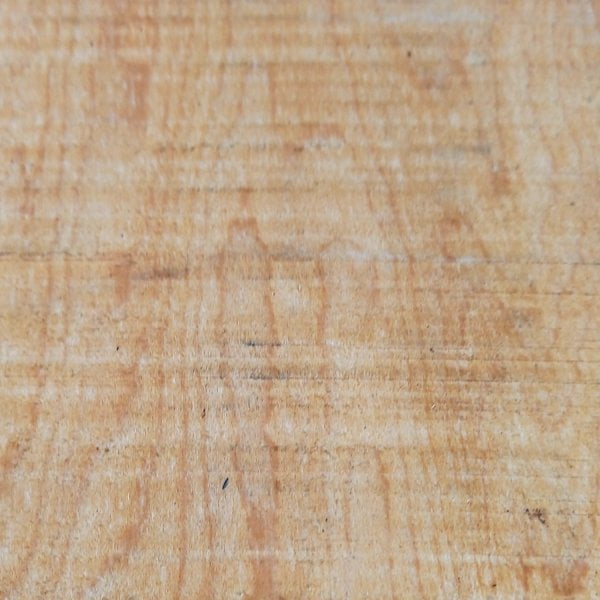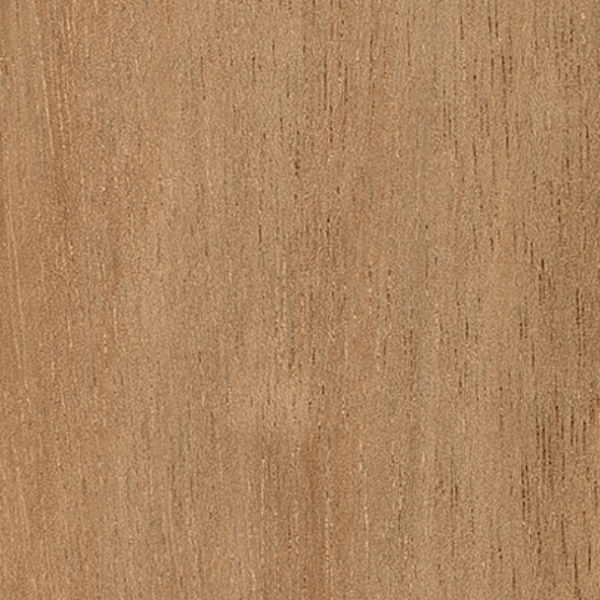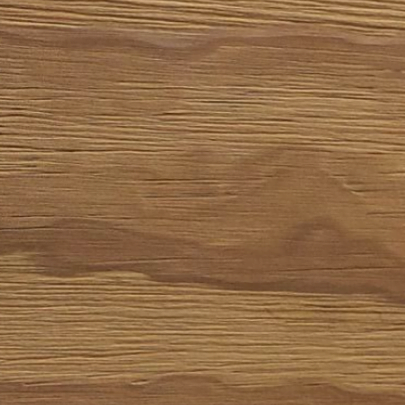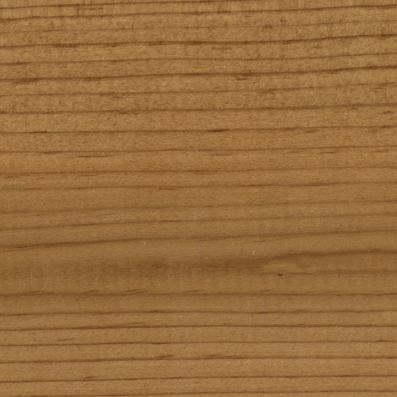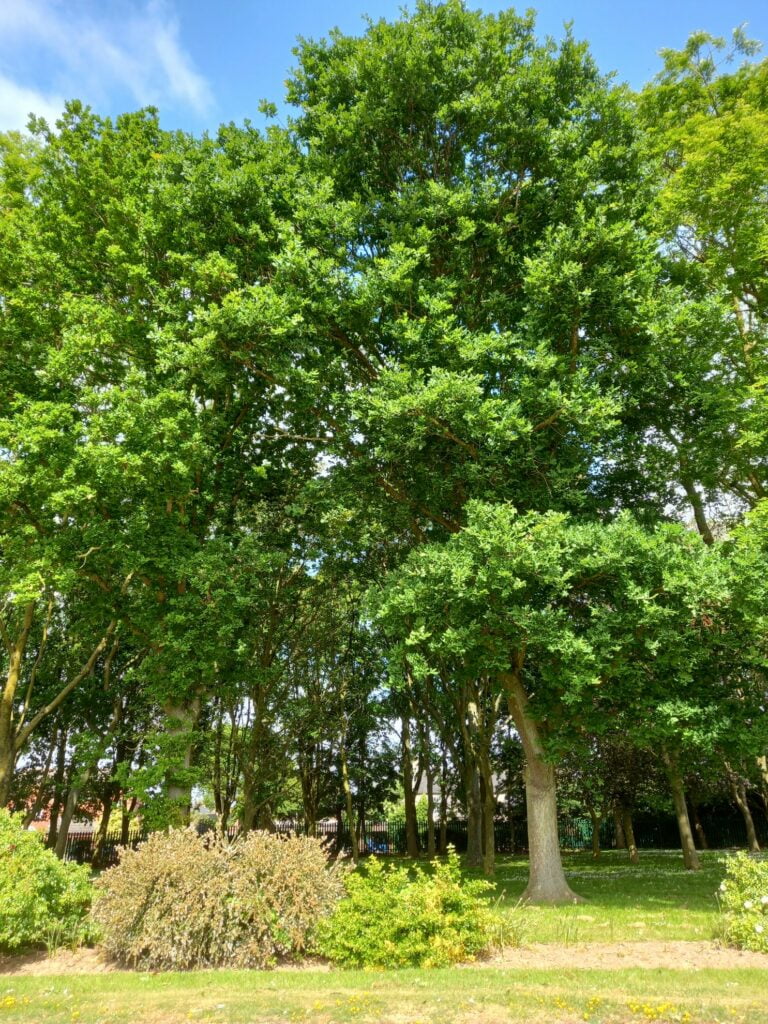
European Hardwoods
Filters
-

European Oak
European Oak's heartwood is light tan to biscuit coloured, usually straight-grained, but irregular or cross-grained material can occur depending on growth conditions. Characteristic silver grain figure on quartered surfaces due to broad rays. British and Baltic oaks are tough and hard, weighing 720 kg/m³ (45 lb/ft³), but the Volhynian oak of south east Poland, and even milder oak from Yugoslavia known as Slavonian oak weights 670 kg/m³ (42 lb/ft³); specific gravity from .67 to .72 according to type.
-

Lebanon Cedar
The Cedar of Lebanon tree is a light reddish colour, with creamy coloured sapwood. Soft and easy to work with, but also brittle. Obtainable in large sizes of up to 36” wide, but normally very knotty (these can be small black knots or large firm knots, which vary from the size of a penny to a cricket ball). Lebanon cedar has a sweet smell and can be very decorative with a variety of grain and knots.
-

Sweet Chestnut
Sweet Chestnut's sapwood is narrow, distinct from the heartwood which is yellowish-brown in colour, closely resembling oak in appearance, but lacking the silver-grain figure characteristic of that timber, resulting from the finer rays. European Sweet Chestnut is a stable, straight grained and hard-wearing timber species (when the sapwood is excluded).The grain may be straight, but is more commonly spiral, particularly in timber from old trees, while logs are liable to cup and ring-shake. It weighs about 560 kg/m³ when dried. On account of its somewhat acidic character chestnut tends to accelerate the corrosion of metals, particularly when moist. It also contains tannin, as a result of which blue-black discolourations are prone to appear on the wood when it comes into contact with iron or iron compounds.
